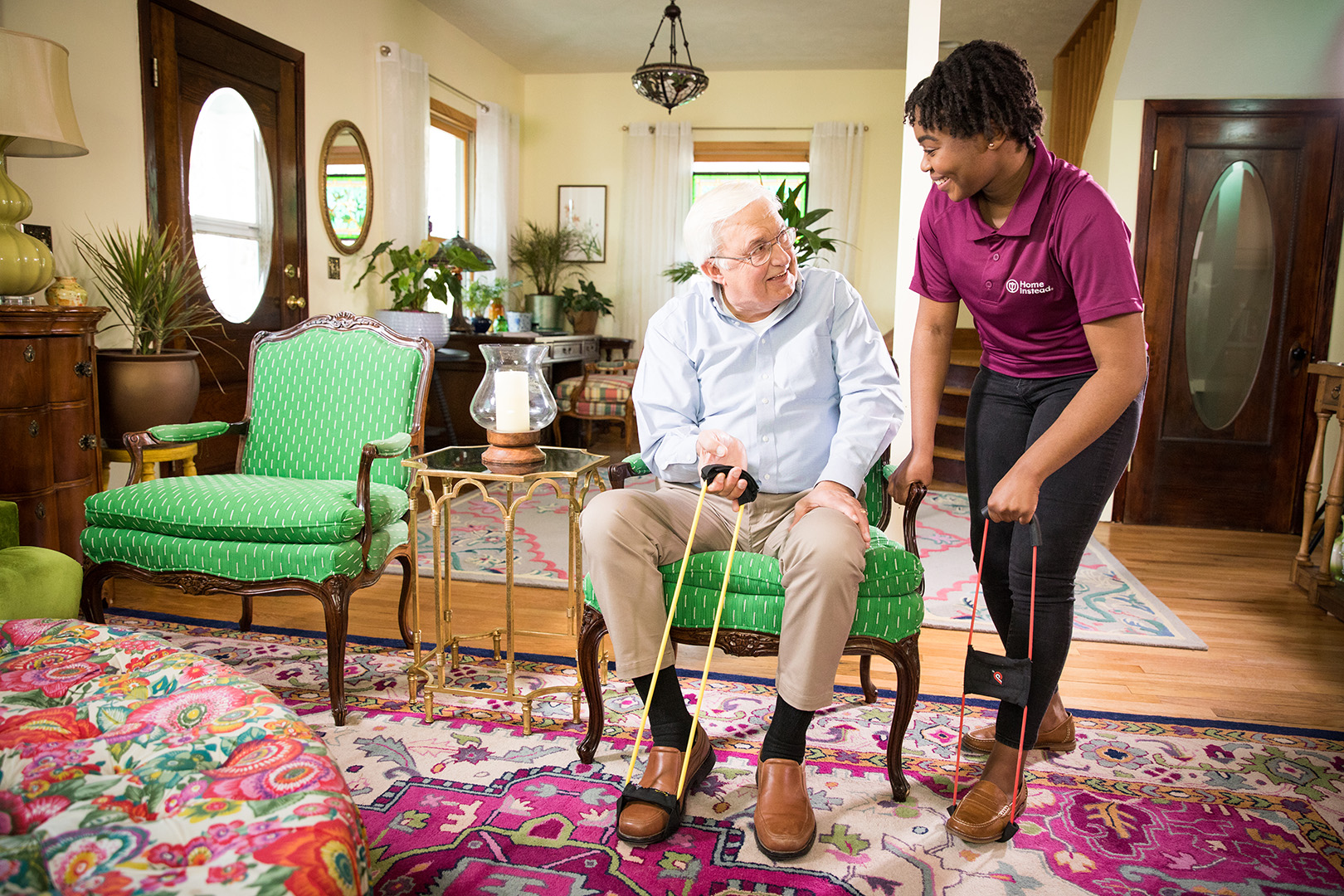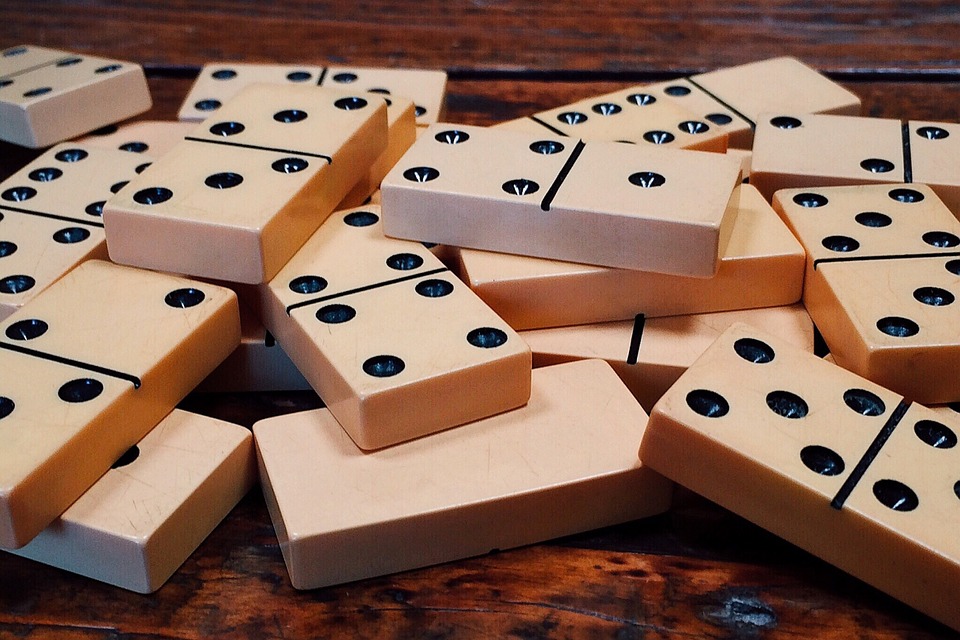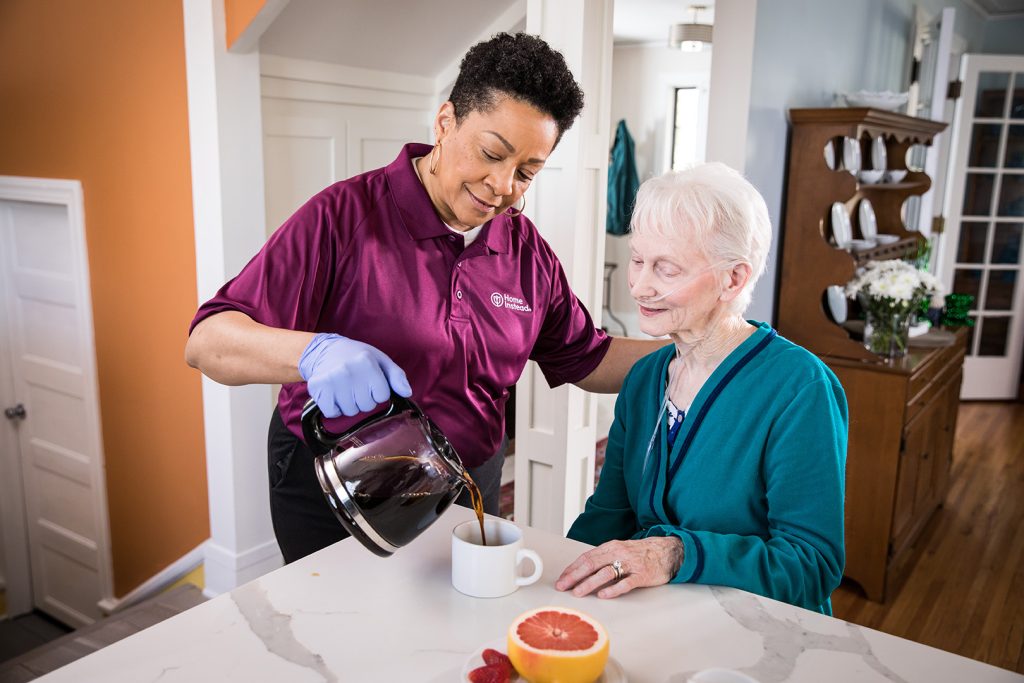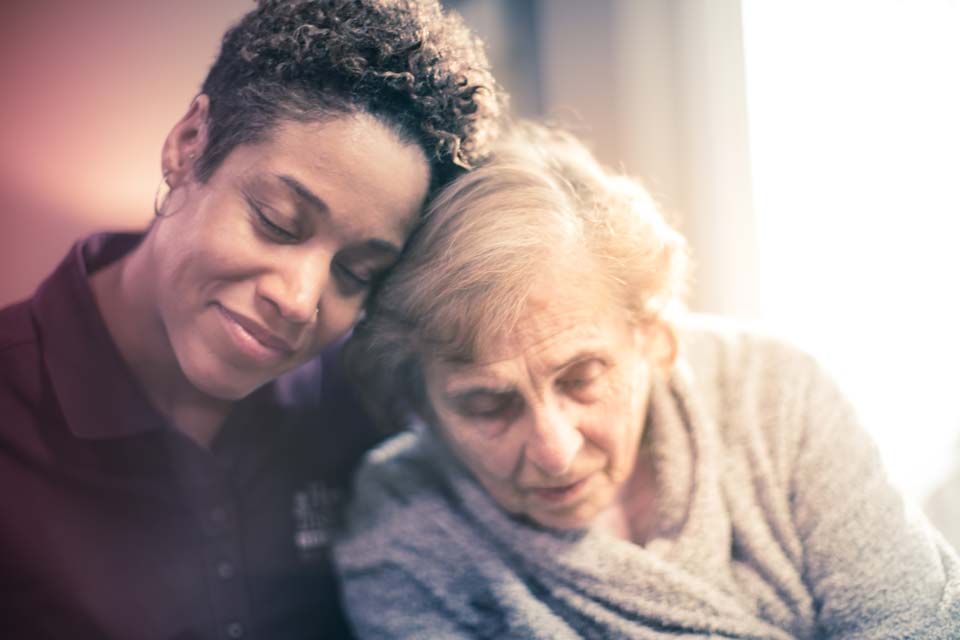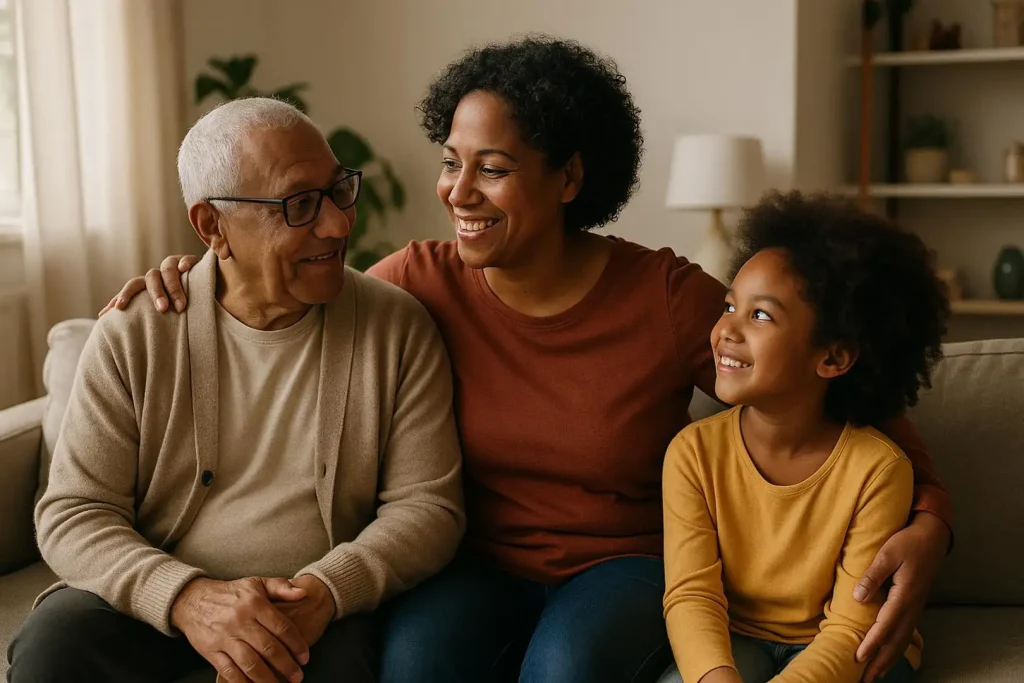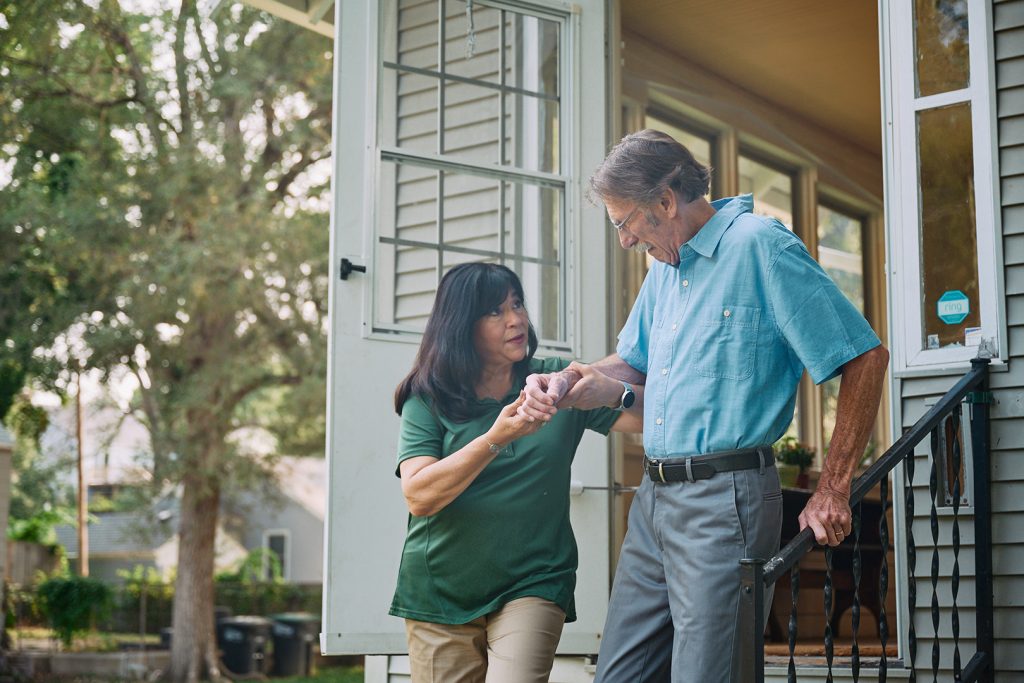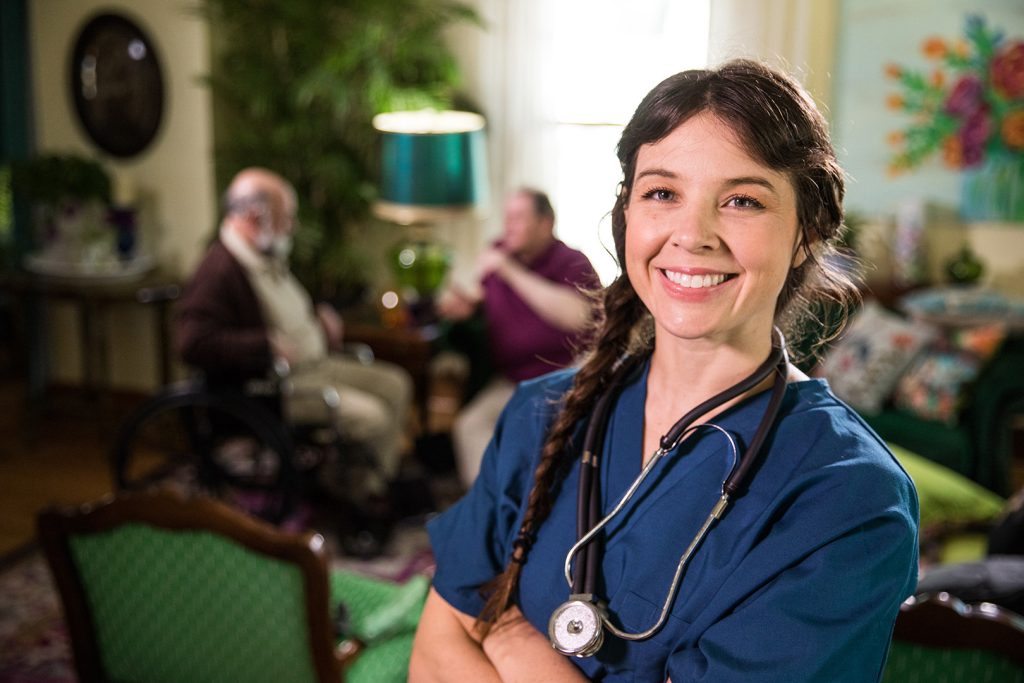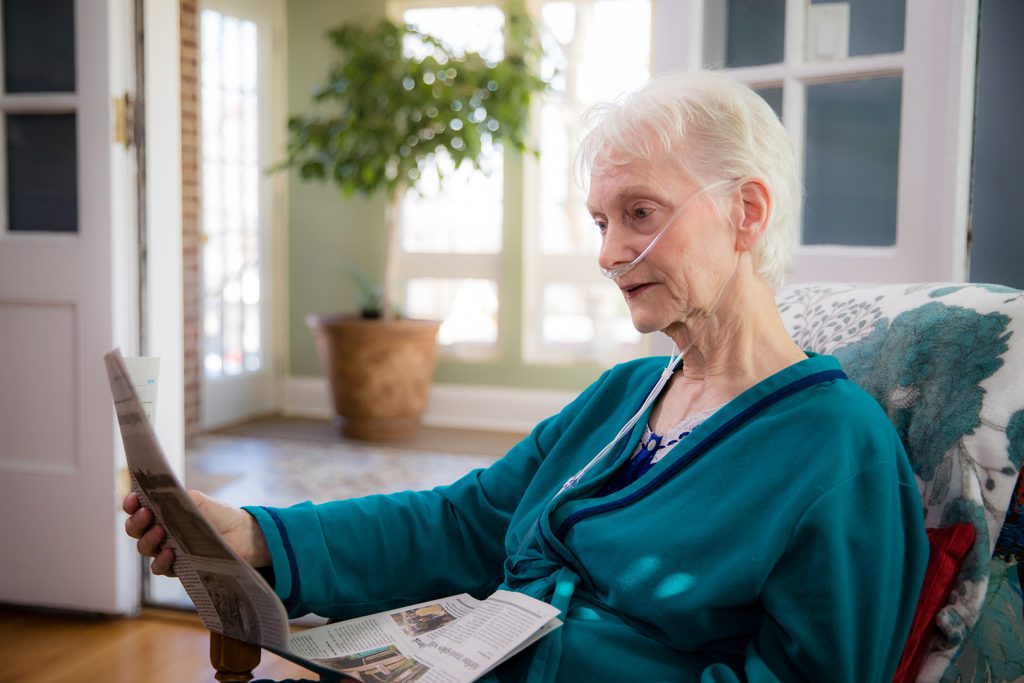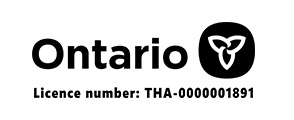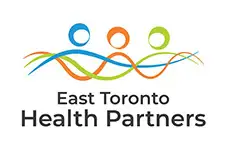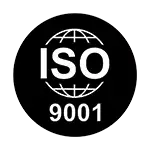Empowering Seniors to Stay Safe at Home
At Home Instead, we understand the critical importance of fall prevention and ensuring the safety of our clients, families, and the aging community. Our priority is to implement effective strategies and provide comprehensive in-home care services that reduce the risk of falls and promote a safe environment in the comfort of seniors’ own homes.
The thought of our elderly loved ones losing their freedom and independence is unbearable. While alarming statistics highlight the risks of falls at home, there is hope. By implementing simple yet effective modifications and strategies, we can significantly minimize the danger of serious injury and help seniors stay safe, secure, and free to live life on their own terms.
The Startling Statistics
Before we delve into prevention strategies, it’s crucial to understand the scope of the problem. Consider these eye-opening facts:
- Falls are the leading cause of injury among older Canadians.
- 20-30% of seniors experience one or more falls each year.
- Falls are the cause of 85% of seniors’ injury-related hospitalizations.
- Falls are responsible for 95% of all hip fractures in seniors.
- 50% of all falls that cause hospitalization happen at home.
These statistics underscore the urgent need for effective fall prevention strategies, especially within the home environment where seniors spend most of their time.
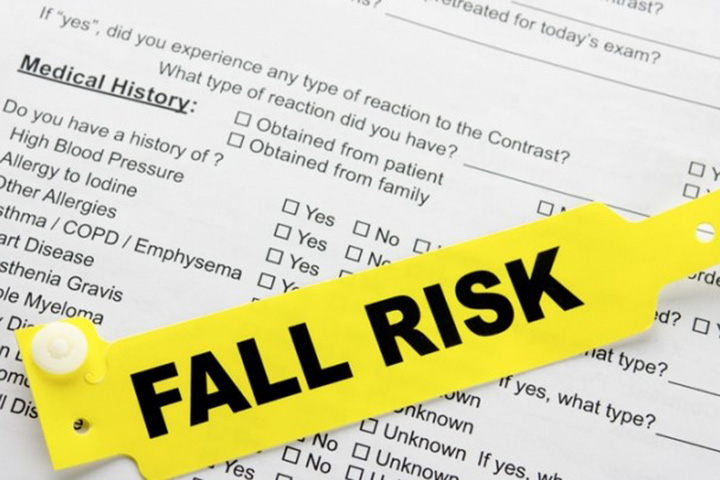
Promoting a Healthy Lifestyle: The Foundation of Fall Prevention
Beyond environmental and home modifications, promoting a healthy lifestyle is crucial in fall prevention. Understanding and educating our loved ones about healthy habits can go a long way in reducing fall risks.
Exercise and Physical Activity
Regular physical activity is essential for maintaining strength, balance, and coordination. Here are some recommendations:
- Balance exercises: Practices like tai chi or simple standing balance exercises can significantly improve stability.
- Strength training: Focus on exercises that target the leg and core muscles, which are crucial for maintaining balance.
- Flexibility exercises: Gentle stretching can improve range of motion and reduce the risk of falls caused by stiffness.
- Endurance activities: Walking, swimming, or cycling can improve overall fitness and stamina.
Nutrition for Fall Prevention
A balanced diet is vital in maintaining bone health and muscle strength. Consider these nutritional tips:
- Calcium-rich foods: Incorporate dairy products, leafy greens, and fortified foods to support bone health.
- Vitamin D: Ensure adequate intake through sunlight exposure, diet, or supplements as a healthcare provider recommends.
- Protein: Consume lean meats, fish, eggs, and plant-based proteins to maintain muscle mass.
- Hydration: Drink plenty of water to prevent dizziness caused by dehydration.
Home Modifications: Creating a Safer Living Environment
Many falls occur within the home, but simple modifications can significantly reduce risks. Here are some key areas to address:
- Lighting:
- Install bright, easily accessible light switches at entrances to rooms.
- Use night lights in hallways, bathrooms, and bedrooms.
- Consider motion-sensor lights for outdoor areas.
- Flooring:
- Remove or secure loose rugs and carpets.
- Repair any uneven flooring surfaces.
- Keep floors clear of clutter and obstacles.
- Bathroom safety:
- Install grab bars near toilets and in showers/bathtubs.
- Use non-slip mats in showers and bathtubs.
- Consider a raised toilet seat for easier use.
- Stairways:
- Ensure handrails are secure on both sides of staircases.
- Mark the edges of steps with contrasting colours for better visibility.
- Keep stairs well-lit and free from objects.
- Kitchen:
- Rearrange frequently used items to be within easy reach.
- Use a sturdy step stool with a handrail to access high shelves.
- Consider installing pull-out shelves in lower cabinets.
Mobility Assistance: Empowering Independence and Safety
As we age, mobility can become a challenge. However, individuals can maintain their independence and safety with the proper support. Our in-home care professionals are trained to provide comprehensive mobility assistance, enabling individuals to move confidently and comfortably.
Supporting Safe Movement
- Ensure proper footwear:
- Choose shoes with non-slip soles and good support.
- Avoid loose-fitting slippers or shoes with smooth soles.
- Consider orthopedic shoes if recommended by a healthcare provider.
- Use mobility aids effectively:
- Walkers: Ensure the correct height and teach proper usage techniques.
- Wheelchairs: Choose the right type and ensure it fits through doorways and around furniture.
- Canes: Select the appropriate type (single-point, quad-cane, etc.) and adjust to the correct height.
Proper Use and Safety of Mobility Devices
- Regular maintenance:
- Check for worn-out parts or loose screws on walkers and wheelchairs.
- Replace cane tips when they become worn.
- Ensure brakes on wheelchairs and wheeled walkers are functioning properly.
- Proper fitting and adjustment:
- Work with a physical therapist or occupational therapist to ensure mobility devices are correctly fitted and adjusted.
- Regularly reassess the fit as needs may change over time.
- Home environment assessment:
- Evaluate doorways, hallways, and room layouts to ensure easy navigation with mobility aids.
- Consider installing ramps or handrails where needed.
- Remove obstacles that may interfere with the use of mobility devices.
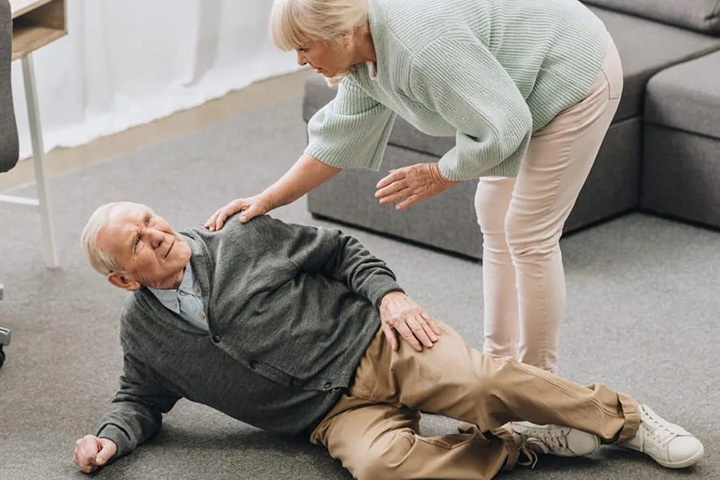
Medication Management and Fall Prevention
Proper medication management is crucial in fall prevention, as some medications or combinations can increase fall risks. Here are some important considerations:
- Regular medication reviews:
- Schedule periodic reviews with a healthcare provider or pharmacist.
- Discuss any side effects that might increase fall risks, such as dizziness or drowsiness.
- Organize medications:
- Use pill organizers to ensure proper dosage and timing.
- Consider medication reminder apps or alarms.
- Be aware of potential interactions:
- Inform all healthcare providers about all medications, including over-the-counter drugs and supplements.
- Ask about potential interactions that could increase fall risks.
- Stay hydrated:
- Some medications can cause dehydration, which may lead to dizziness and increased fall risk.
- Ensure adequate water intake throughout the day.
The Importance of Regular Health Check-ups
Regular health check-ups play a vital role in fall prevention. Here’s why they’re crucial:
- Vision and hearing tests:
- Schedule annual eye exams to ensure prescriptions are up-to-date.
- Address any hearing issues that might affect balance.
- Bone density scans:
- Monitor for osteoporosis, which can increase fracture risk if a fall occurs.
- Discuss calcium and vitamin D supplementation if needed.
- Balance and gait assessments:
- Work with a physical therapist to identify any balance or gait issues.
- Develop a personalized exercise plan to address any weaknesses.
- Chronic condition management:
- Properly manage conditions like diabetes, heart disease, or arthritis that can affect balance and mobility.
- Discuss any symptoms that might increase fall risks with healthcare providers.
Tailored Solutions from Home Instead
At Home Instead in Toronto East, we pride ourselves on delivering personalized, tailor-made solutions that cater to the unique needs of each client’s family. Open communication is the cornerstone of our approach, ensuring that every concern, no matter how small, is heard, acknowledged, and addressed with compassion and expertise.
We recognize that falls are a pervasive concern among seniors, posing a significant threat to their independence, well-being, and quality of life. That’s why we take a meticulous, individualized approach to fall prevention, carefully assessing each family’s specific needs, risks, and circumstances.
Our team of dedicated professionals works closely with clients and their families to craft a tailor-made fall prevention strategy, incorporating cutting-edge techniques and innovative solutions. By doing so, we empower our client families to maintain their autonomy, confidence, and mobility while providing their loved ones with peace of mind, knowing that they’re safe and supported.
Fall Prevention Education and Training
Education is a powerful tool in fall prevention. At Home Instead, we offer comprehensive fall prevention education and training for seniors and their families:
- Fall risk awareness workshops:
- Learn to identify common fall hazards in the home and community.
- Understand personal risk factors and how to address them.
- Safe transfer techniques:
- Train family caregivers on proper methods for assisting with transfers (e.g., from bed to chair).
- Learn how to use transfer aids safely and effectively.
- Emergency response planning:
- Develop a personal emergency response plan in case of a fall.
- Learn how to use personal emergency response systems effectively.
- Caregiver support groups:
- Connect with other families facing similar challenges.
- Share experiences and learn from others’ strategies for fall prevention.
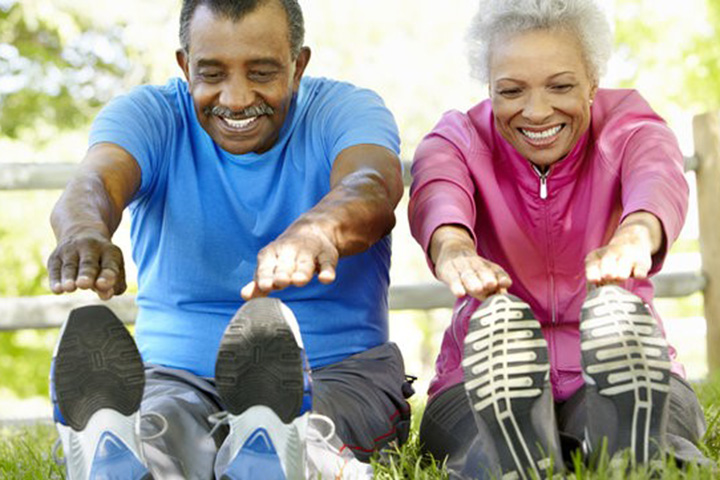
Technology and Fall Prevention
Advancements in technology offer new tools for fall prevention and safety:
- Wearable devices:
- Activity trackers that monitor movement patterns and can detect falls.
- Smartwatches with fall detection and emergency alert features.
- Home monitoring systems:
- Motion sensors that can detect unusual patterns or potential falls.
- Video monitoring systems for remote caregivers to check-in.
- Smartphone apps:
- Balance assessment and training apps.
- Medication reminder and management apps.
- Smart home features:
- Voice-activated lighting and thermostat controls.
- Automated fall detection systems integrated into home security.
Empowering Seniors to Live Safely and Independently
Falls may be a common concern for seniors, but they are not inevitable in aging. With the right strategies, support, and resources, we can significantly reduce fall risks and empower seniors to maintain their independence and quality of life.
At Home Instead, we are committed to providing compassionate and effective in-home senior care services, prioritizing fall prevention and safety. We want to empower the aging community to maintain their independence and enhance their overall well-being while minimizing the risk of falls.
Trust our experienced team at Home Instead of Toronto East to provide reliable support and create a safe environment for you or your loved ones. Together, we can transform the landscape of senior care from falls to freedom, ensuring that every senior can live life to the fullest in the comfort and safety of their own home.
Call us today to learn more about our personalized fall prevention strategies and comprehensive in-home care services. Let us help you or your loved one stay safe, independent, and thriving at home.
